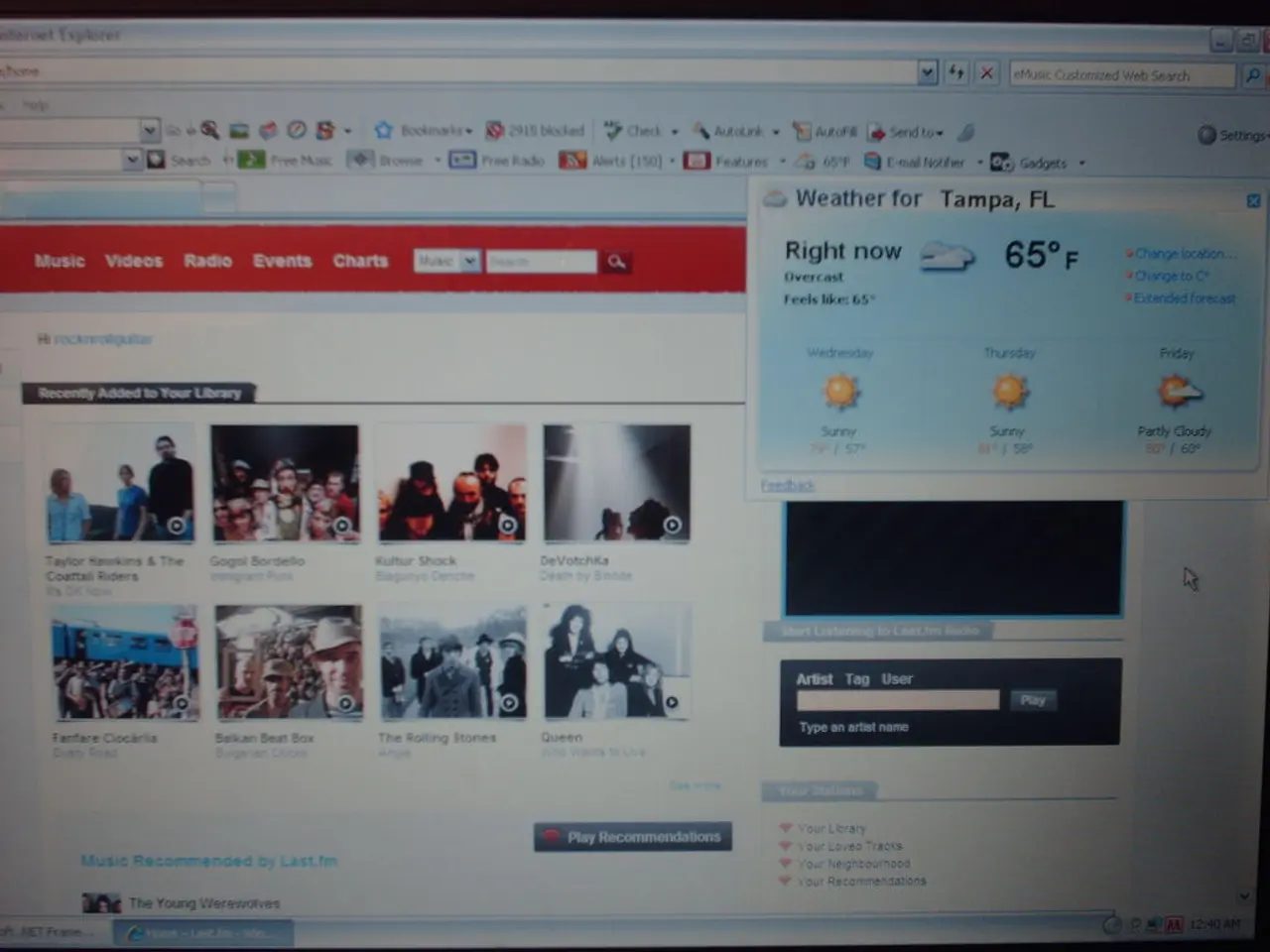Reason and Timing for Corporations to Contemplate Employing MEAN Stack Programmers
In the ever-evolving world of web development, having the right tools and expertise can make all the difference. One such technology stack that has been gaining popularity is the MEAN stack. This innovative framework, based on JavaScript, offers a host of advantages for businesses seeking cost-effective, fast, and scalable solutions for building full-stack web applications.
A Unified JavaScript Framework
The MEAN stack is a combination of four open-source technologies: MongoDB, Express.js, Angular, and Node.js. By using a unified JavaScript framework for both client and server sides, the MEAN stack reduces complexity and shortens development time [1][4]. This means that developers can write code once and use it on both the frontend and backend, streamlining the communication within the development team.
Cost-Effectiveness
When cost efficiency is a priority, the MEAN stack is an excellent choice. By having developers who are proficient in all components of the MEAN stack, businesses can handle both frontend and backend roles more economically compared to hiring separate teams or full stack developers for separate languages [1][3]. This cost-effectiveness makes the MEAN stack an attractive option for businesses of all sizes.
Cloud-Based Applications
For companies that require cloud-based applications with scalability and improved testability, the MEAN stack is a great fit. Angular, a component of the MEAN stack, is known for its faster speeds and code reusability, making it ideal for such projects [1].
Rapid Prototyping and Agile Development
In today's fast-paced business environment, rapid prototyping and agile development are crucial. The MEAN stack empowers developers to quickly prototype and develop applications, making it an excellent choice for businesses with tight deadlines [1]. This is particularly beneficial for startups and medium-sized businesses aiming to rapidly deploy robust, responsive, and single-page applications (SPAs) with unified JavaScript across the frontend and backend.
Real-Time Applications
Node.js, a key component of the MEAN stack, is particularly effective in handling real-time applications, such as live chat, collaborative tools, and dynamic updates [5]. This makes the MEAN stack an ideal choice for projects that require real-time functionalities.
In summary, the MEAN stack is suitable for projects requiring full-stack development, rapid prototyping, agile development, and real-time applications. By hiring MEAN stack developers, businesses can benefit from a cost-effective, fast, and scalable solution for building full-stack web applications, particularly those that are cloud-compatible and require quick development cycles.
[1] - https://www.sitepoint.com/mean-stack-node-js-angular-mongodb-express/ [2] - https://www.mongodb.com/developer/languages/javascript/ [3] - https://www.sitepoint.com/mean-stack-vs-angular-vs-react/ [4] - https://www.digitalocean.com/community/tutorials/mean-stack-tutorial-for-full-stack-development [5] - https://www.sitepoint.com/the-mean-stack-for-real-time-web-applications/
The MEAN stack, a combination of JavaScript technologies like MongoDB, Express.js, Angular, and Node.js, offers a unified framework for both client and server sides, thereby reducing complexity and shortening development time.
For cost-effective application development, the MEAN stack stands out as it allows businesses to manage both frontend and backend roles with a single team of proficient developers.
In the realm of cloud-based applications, the MEAN stack demonstrates excellence with Angular's faster speeds and code reusability, making it suitable for scalable and testable projects.
In the fast-paced business world, the MEAN stack's capabilities for rapid prototyping and agile development make it an attractive choice for startups and medium-sized businesses with tight deadlines, particularly for robust, responsive, and single-page applications (SPAs).
Node.js, a key component of the MEAN stack, excels in handling real-time applications, such as live chat, collaborative tools, and dynamic updates, making it an ideal choice for projects that require real-time functionalities.




